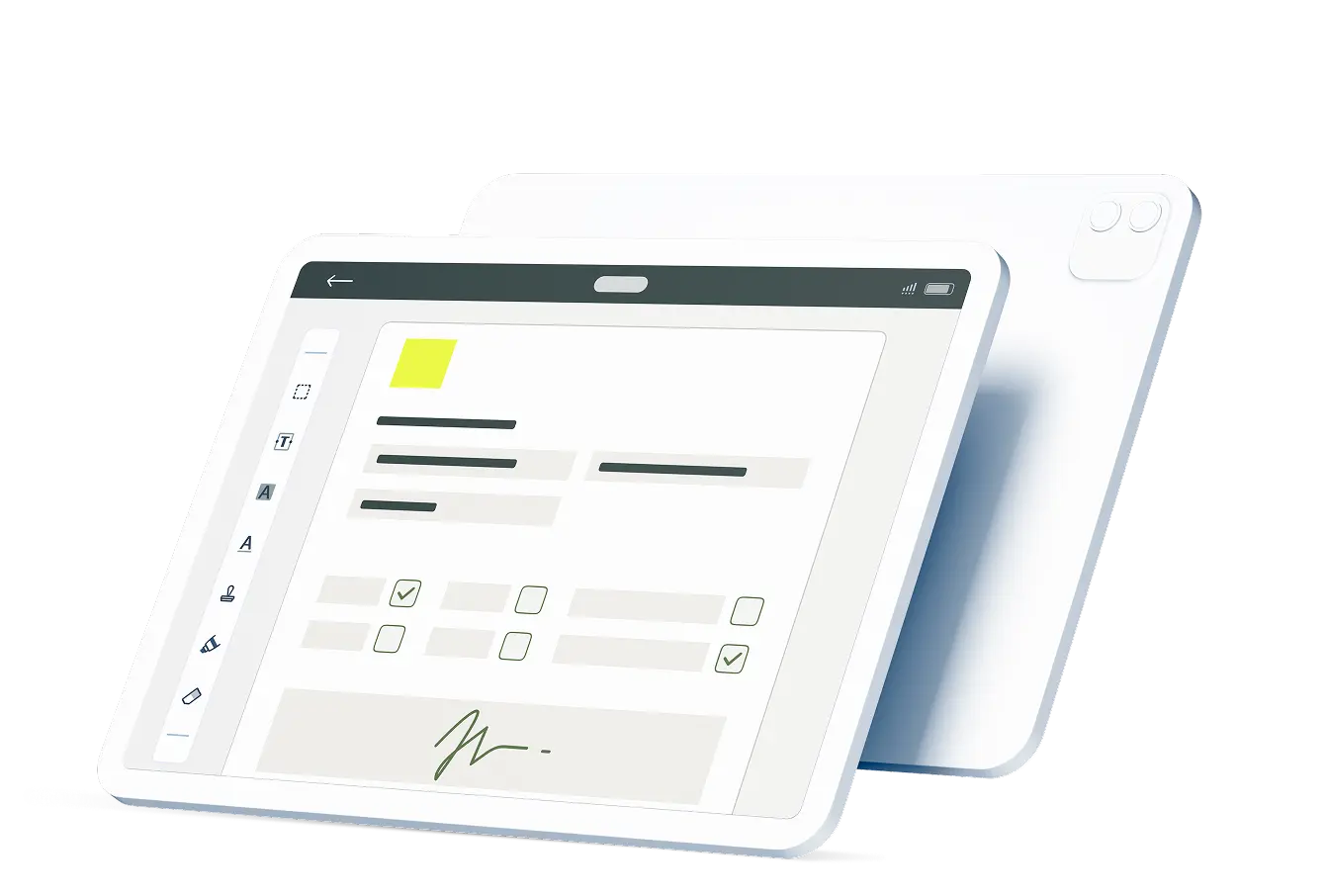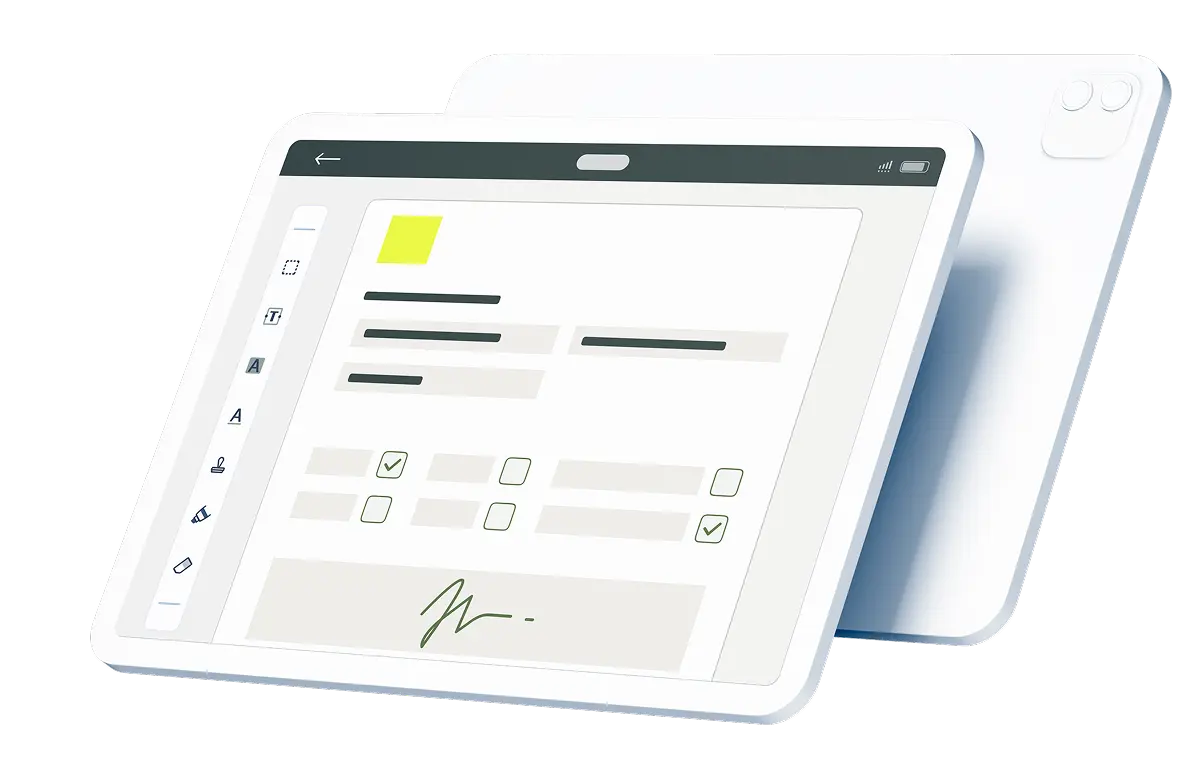Does your business own vehicles? This may be a car for getting around, trucks for shipping goods or heavy equipment for construction. If you have commercial vehicles, you need a plan to maintain them. Using a vehicle inspection checklist is one of the simplest and most effective ways to keep your wheeled investments in working order.
Contents:
What Is a Vehicle Inspection Checklist?
As the name suggests, these checklists are used to ensure that all necessary maintenance tasks are performed during a vehicle inspection. Typically, such a checklist is used by the owner of the vehicle. Mechanics performing regulatory inspections also have relevant checklists.
The goal of a vehicle inspection checklist is to identify any mechanical issues or other problems that could cause accidents or downtime before they become issues. For example, most checklists involve checking the brakes periodically.
This should be an element of upkeep for all vehicles. Mechanics and service departments at dealers use their own inspection checklists. However, owners, especially commercial vehicle owners, should be doing their own inspections on a more regular basis.
What Are the Benefits of a Car Inspection Checklist?
The main purpose of inspection checklists is simple. These documents are intended to help anyone performing an inspection to stay organized. There are other significant benefits of conducting regular inspections using a checklist:
- Better Maintenance: By performing regular inspections, you can significantly improve maintenance outcomes. This keeps your vehicles in better shape so they can operate more efficiently and last longer.
- Less Downtime: When your vehicles are in the best possible maintenance condition, they should have fewer accidents and breakdowns. This means they can be on the road and in use more often.
- Cost Savings: Reduced downtime typically means getting more value from your vehicles. Additionally, maintenance generally much less expensive than repairs. As the old saying goes, an ounce of prevention is worth a pound of cure.
- Easier Inspections: With a checklist, you can perform your inspections more easily. A comprehensive list is an almost necessary element to avoid missing any small details.
- Improved Safety: Better-maintained vehicles are safer. The car or truck’s safety equipment such as brakes and lights are key targets of inspections.
In short, if your business uses vehicles of any sort, you likely need to use a truck or car inspection checklist. Most organizations can benefit from a few different inspection checklists. For example, you may have a daily pre-use checklist that is very short along with a monthly, quarterly or yearly checklist for more in-depth maintenance needs. Finally, there may be other items that can be checked more intermittently.
Perhaps as important as the checklist itself is storing the results. By doing this in an organized and easily accessible manner, you can get a full history of vehicle maintenance. Not only does this make predicting issues easier, but it also can increase the resale value of your equipment.
What Is on a Typical Vehicle Inspection Checklist?
The contents of your inspection checklist depend on the vehicle. Additionally, there are a variety of types of inspections that your organization may perform at different times. For example, you may have your drivers perform a daily inspection. This can include checking major safety equipment for any obvious issues.
You may also order a maintenance inspection by a mechanic or specialist, along with a basic tune-up including fluids and filters. The scheduling of these inspections depends on how heavily you use the vehicle. Finally, you may need an annual or less-regular inspection that checks for regulatory compliance to get or renew official certification. This can also include checking components in a more in-depth manner.
The following are some of the items that are often on maintenance checklists:
- Engine: Unsurprisingly, the engine needs to be checked. Have drivers listen for any weird noises. Additionally, a mechanic should inspect belts and hoses often.
- Fluids and Filters: Changing engine oil regularly is one of the most important parts of vehicle maintenance. You should also check brake fluid, transmission fluid and other key fluids, depending on the vehicle. Also, regularly change air filters.
- Tires: Check the tires for air pressure and tread depth. Properly maintained tires are among the most important pieces of safety equipment on any vehicle. Before using the vehicle, make sure to check the pressure while the tires are cold.
- Brakes: The brake pads need to be checked and replaced regularly. Additionally, you should periodically inspect the rotors and calipers to ensure they are in working order. Some trucks and heavy equipment have different types of brakes.
- Horn: If your vehicle goes on the road, it needs a working horn. Even equipment that is only used on private property should have appropriate ways to warn others of its presence.
- Transmission: When a transmission needs to be repaired, it can be costly. So, check that everything is in good working order regularly. It is best to get ahead of any problems early.
- Steering: Drivers should check the steering daily. Having a problem with steering while driving is a major problem.
- Lights: Exterior lights can help you to see clearly and be seen while operating in low-light situations. Additionally, interior lights make it easier to read instruments and operate the vehicle.
- Windshield Wipers: Being able to clear rain from the windshield is essential. This is easy to check and should be examined regularly. Verify that the wiper motors are working and that the blades are in sufficient shape to effectively clear the windshield.
Why Should You Have a Car or Truck Inspection Checklist at Your Business?
If you own business vehicles, there is no reason not to have an inspection checklist. Even if you bring your vehicle to an outside mechanic or service department regularly, it is a good idea to have the internal ability to check that the vehicle is in good shape.
You don’t need to have a company motor pool or a staff mechanic to inspect vehicles. Anyone who is driving should be able to at least check fluid levels and inspect lights and tires. For example, your checklist may be to check the engine oil, honk the horn, test the lights, listen for weird noises and give the vehicle a quick looking over. A list as simple as this can help to save your business significant money in the long run by catching problems before they worsen.
Beyond the maintenance benefits, checklists also instill a safety mindset in vehicle operators. Asking them to perform periodic inspections reminds them of the importance of taking good care of the equipment.
Improve Your Workflow Documents With Fluix
Vehicle inspection checklists are one of many types of documents that can help your business run more smoothly. Keep your document workflows organized and efficient using Fluix. Automate your workflows, improve, data quality and make sure your checklists are completed on time and filed properly.

